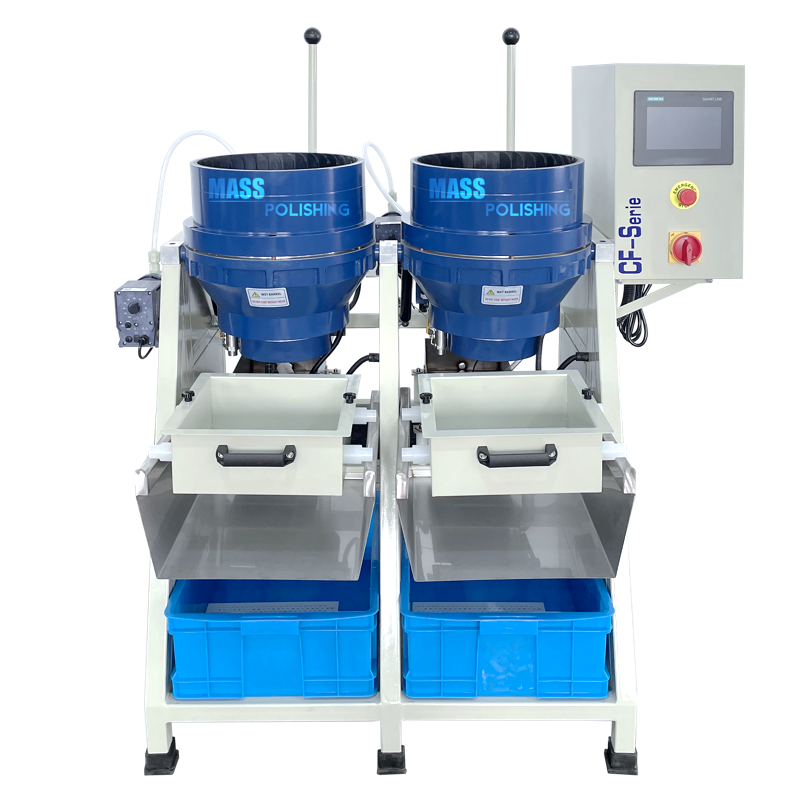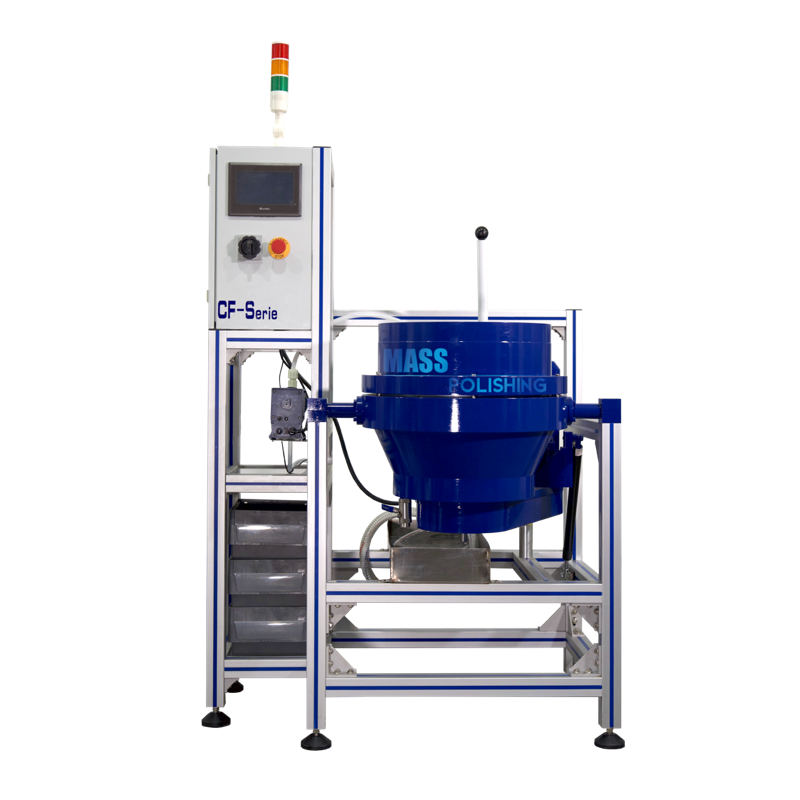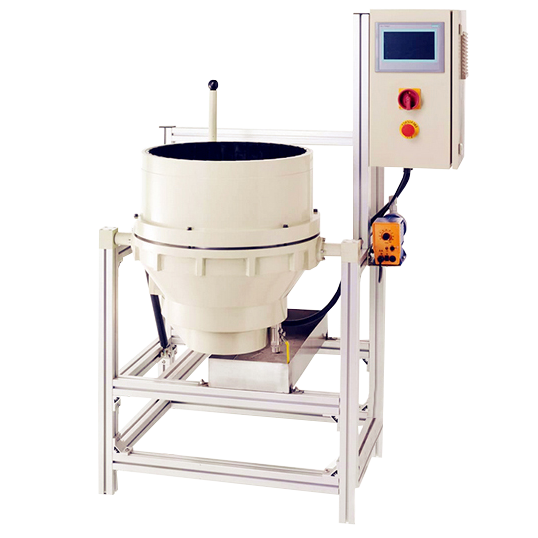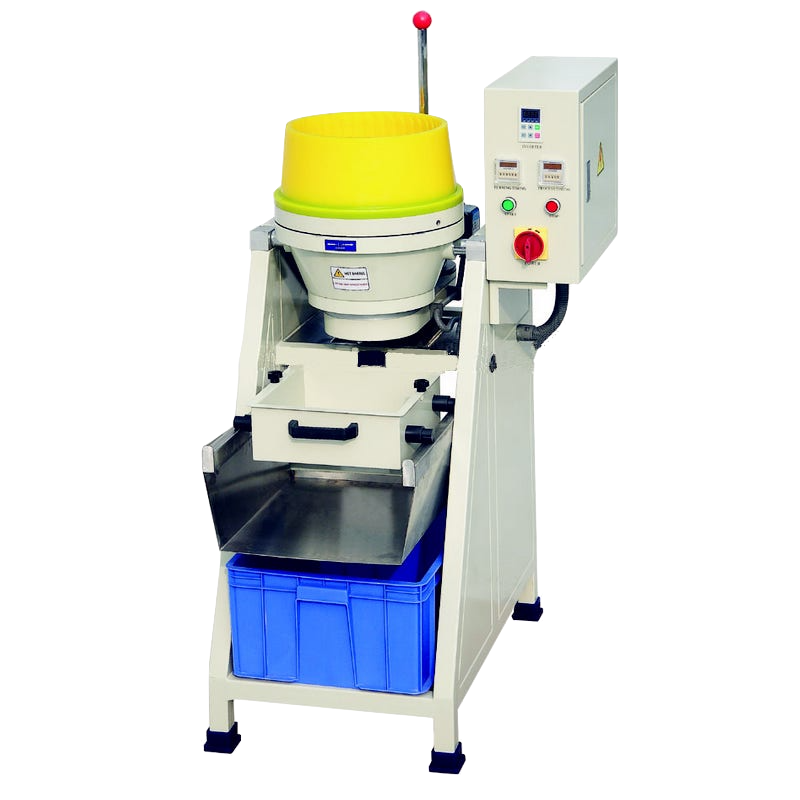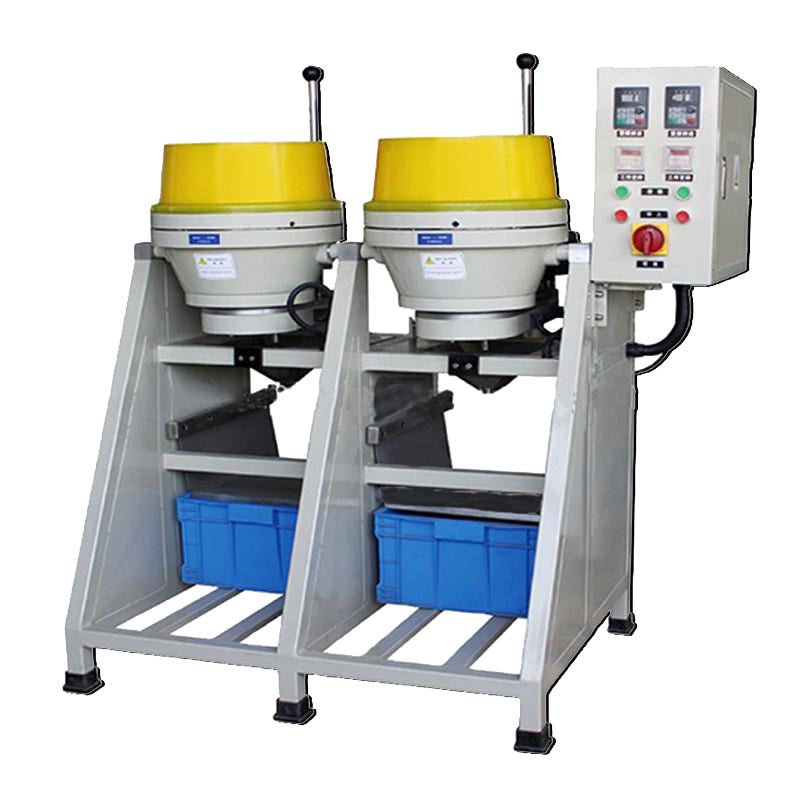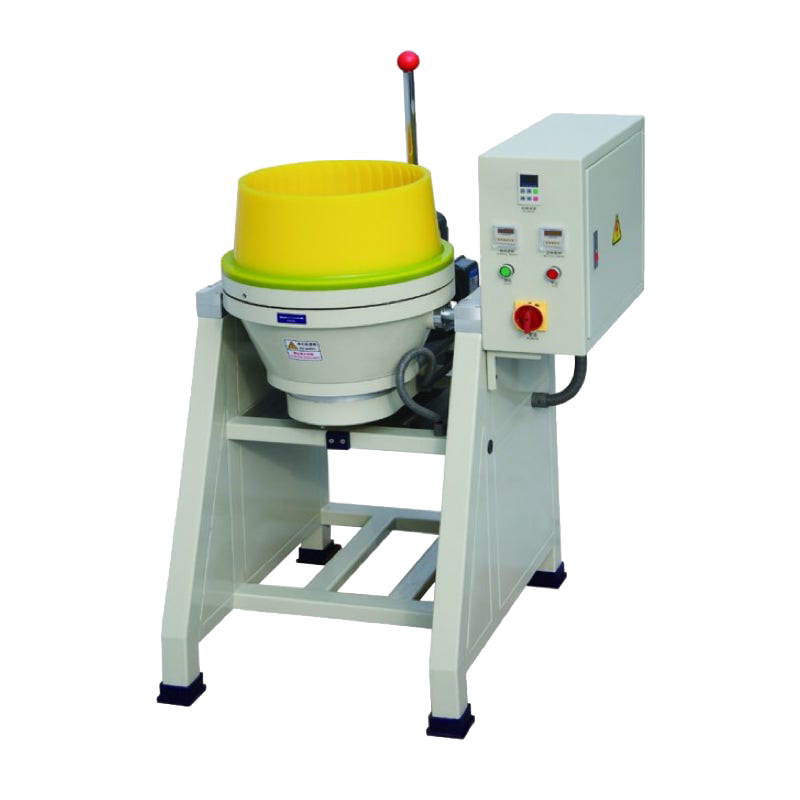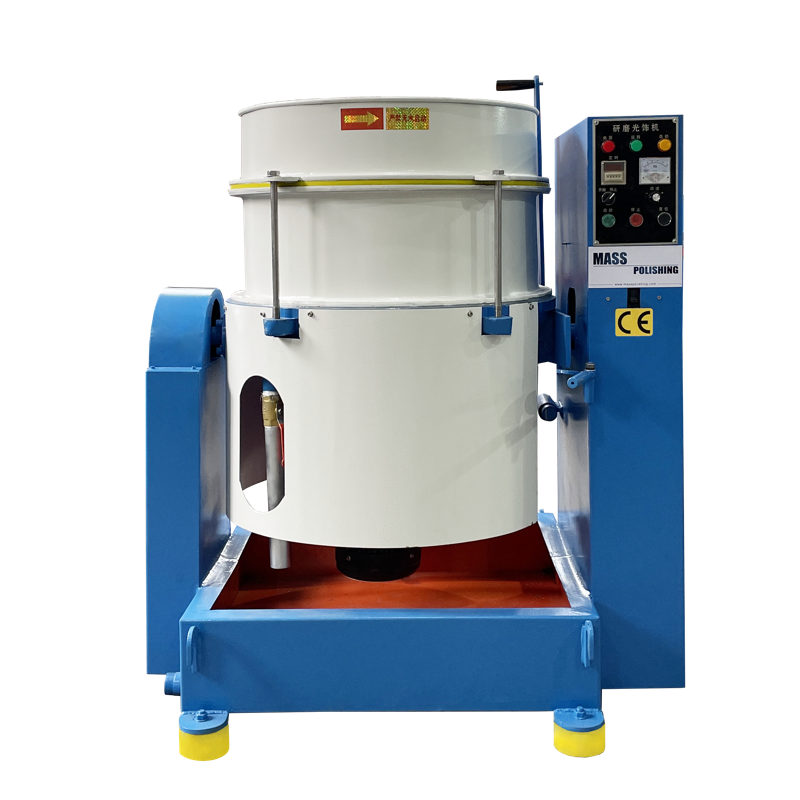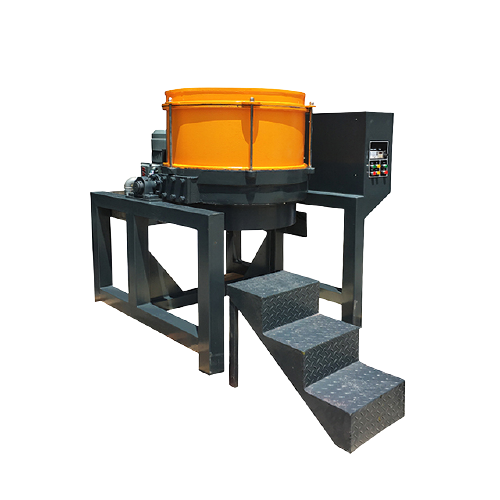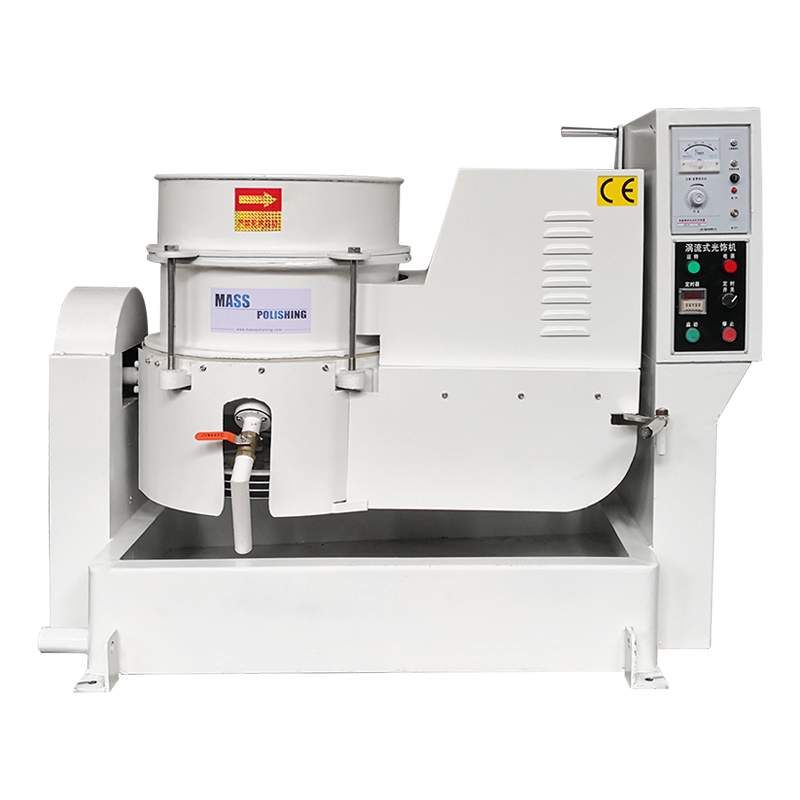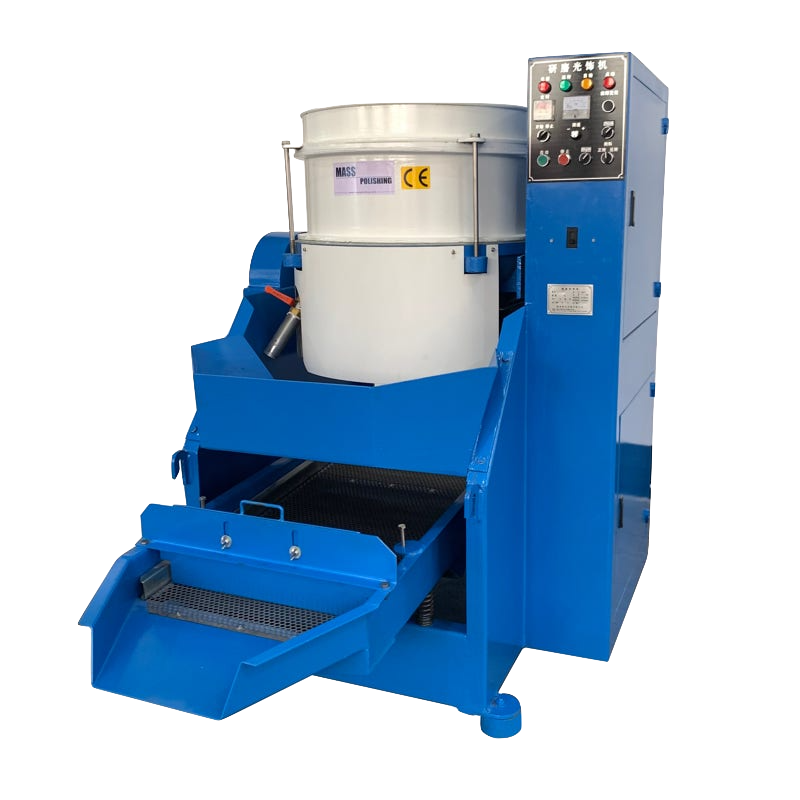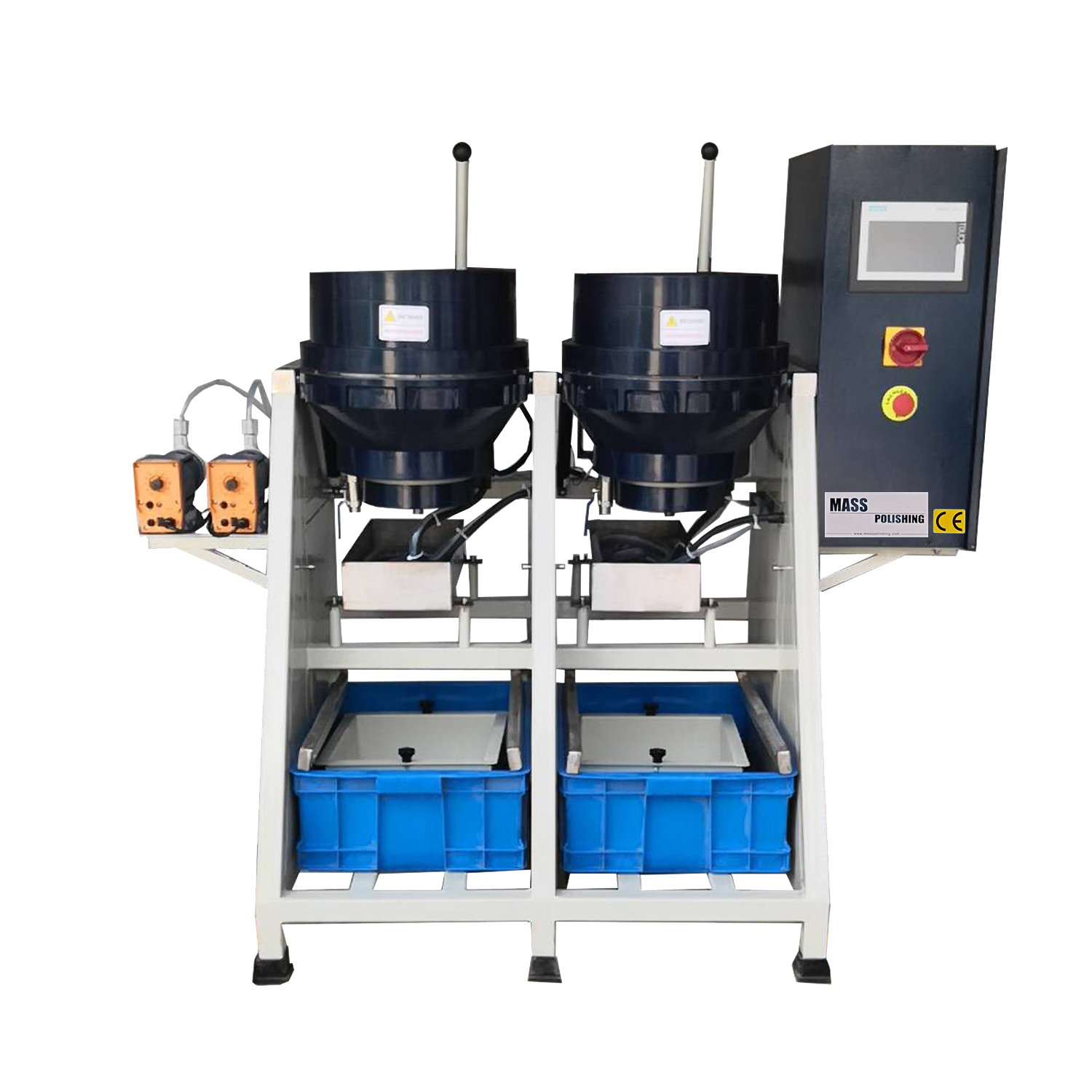When using a centrifugal disc finishing machine, it is important to choose the correct tumbling media to ensure that the desired finishing results are achieved. Here are some factors to consider when selecting tumbling media:
10.1 Material of the parts:
Different materials will require different types of tumbling media. For example, softer materials, such as aluminum or brass, may require a softer media, such as plastic or rubber, while harder materials, such as steel or ceramics, may require a harder media, such as ceramic or stainless steel.
10.2 Finish required:
The type of finish that is desired will also influence the choice of tumbling media. For example, a smooth finish may require a finer media, while a more aggressive finish may require a coarser media.
10.3 Shape and size of the parts:
The shape and size of the parts being processed will also affect the choice of tumbling media. Larger, heavier parts may require a harder, more durable media, while smaller, lighter parts may require a softer, more delicate media.
10.4 Machine specifications:
It is important to choose tumbling media that is compatible with the specifications of the machine being used. This includes the size and type of media, as well as the maximum filling level.
10.5 Budget:
The cost of the tumbling media should also be considered when making a selection. In general, ceramic media tends to be more expensive than plastic or rubber media, but it may be more durable and produce better results in certain applications.



